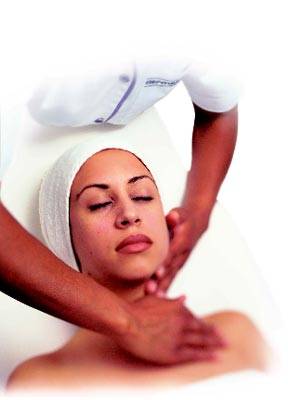Top beauty salon no-no's

With the ever-increasing challenges that face beauty therapists from the onset of new technologies, advancement of cosmeceuticals and the increasingly educated consumer, governing associations are faced with bigger responsibilities in educating the therapists and managing industry standards. As part of a broad-based initiative to assist consumers making a choice about which salon best suits their needs, the AABTh has developed a checklist for consumers to assist them in achieving their goals and receiving the best treatment possible. Presented in brochure format together with key association information, the following points are highlighted to consumers:
Take this checklist to your first consultation so you're equipped with the questions that need to be asked in order to ensure choosing the appropriate and most qualified professional beauty therapist:
* Your professional beauty therapist should display their product, technology and industry qualifications and industry certifications in the salon. Ask to see them.
* Your therapist should listen to and address your goals, offering you solutions that you understand and are comfortable to proceed with.
* Your therapist should be proficient in performing the treatment you are considering and should be able to advise you of the expected results. Ask them for client testimonials and ask them to tell you what the effects of the treatment will be.
* Prior to your treatment you should undergo a comprehensive consultation to ascertain specific details about your personal requirements.
* Your professional beauty therapist should be able to answer all your questions about the treatment and what outcomes to expect. Ask them.
* The Therapist should have a comprehensive knowledge of the products and active ingredients being used in your treatment and how these ingredients affect the skin. They should advise you if you are going to experience any specific sensations so you know what's normal.
* Your professional beauty therapists should dress and act in a professional manner
* Your salon premises and all tools and equipment used should be maintained according to the highest standards of cleanliness, as required and approved by the Association and the Department of Health. If you have any concerns, talk about them don't be shy to talk about them with your therapist!
Take this checklist to your first consultation so you're equipped with the questions that need to be asked in order to ensure choosing the appropriate and most qualified professional beauty therapist:
* Your professional beauty therapist should display their product, technology and industry qualifications and industry certifications in the salon. Ask to see them.
* Your therapist should listen to and address your goals, offering you solutions that you understand and are comfortable to proceed with.
* Your therapist should be proficient in performing the treatment you are considering and should be able to advise you of the expected results. Ask them for client testimonials and ask them to tell you what the effects of the treatment will be.
* Prior to your treatment you should undergo a comprehensive consultation to ascertain specific details about your personal requirements.
* Your professional beauty therapist should be able to answer all your questions about the treatment and what outcomes to expect. Ask them.
* The Therapist should have a comprehensive knowledge of the products and active ingredients being used in your treatment and how these ingredients affect the skin. They should advise you if you are going to experience any specific sensations so you know what's normal.
* Your professional beauty therapists should dress and act in a professional manner
* Your salon premises and all tools and equipment used should be maintained according to the highest standards of cleanliness, as required and approved by the Association and the Department of Health. If you have any concerns, talk about them don't be shy to talk about them with your therapist!
'Top beauty salon no-no's
A focus on hygiene rules that beauty therapists and salons must follow, but that customers may not be aware of...
For further information contact AABTH on 02 9415 4633 or visit www.aabth.com.au
MORE





